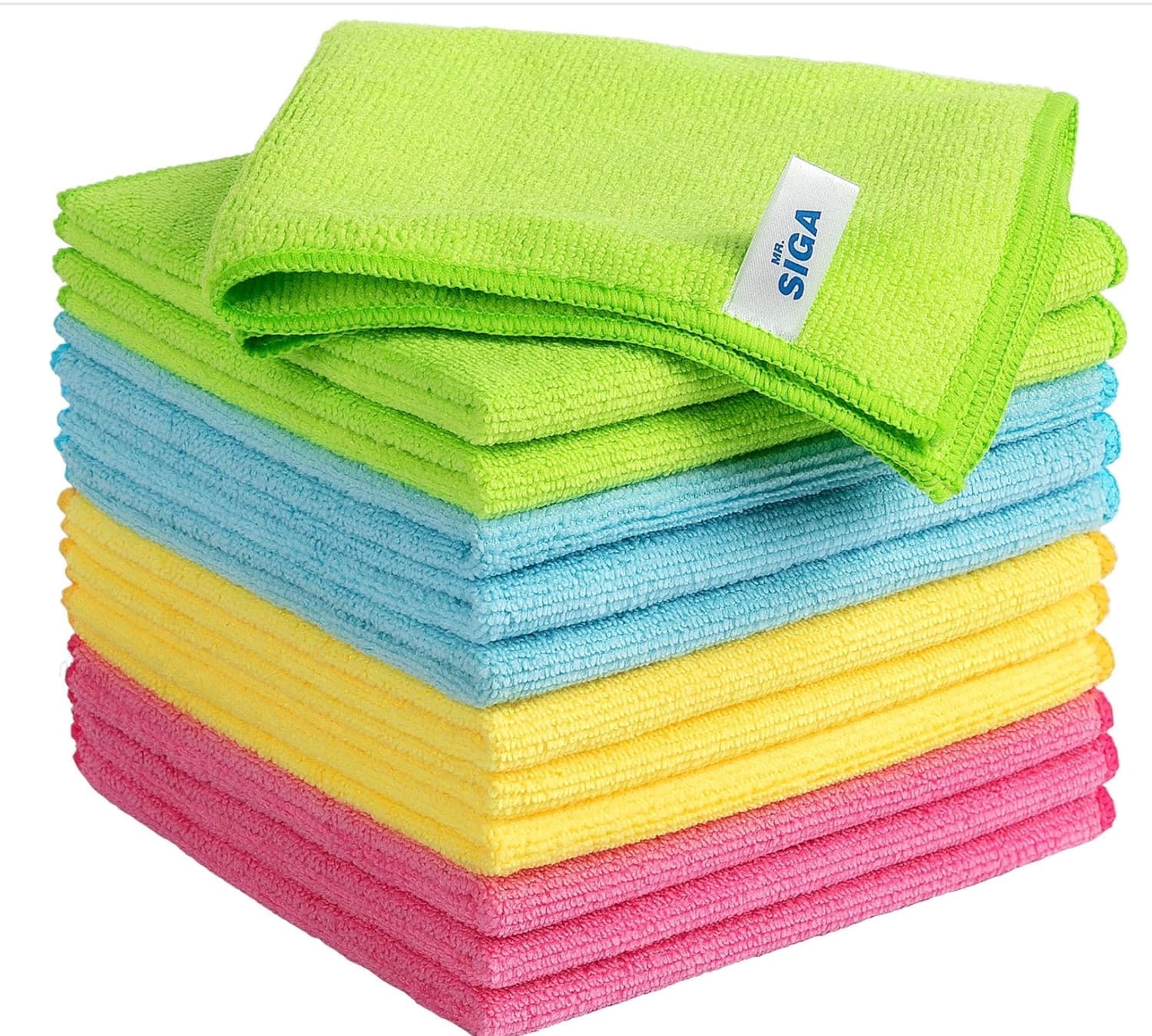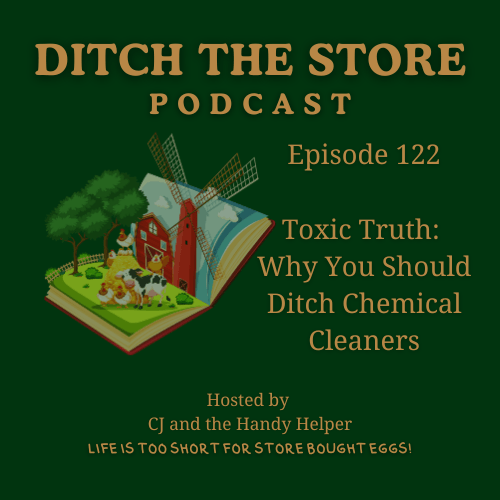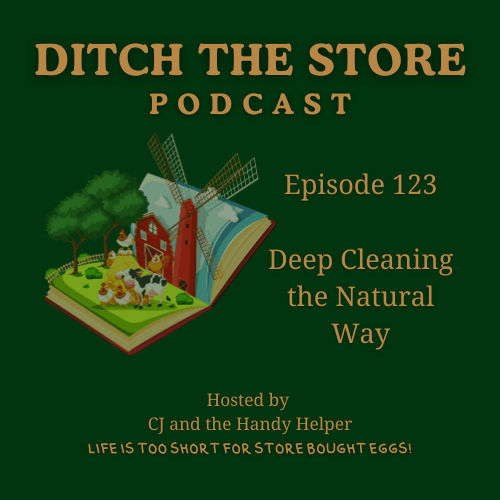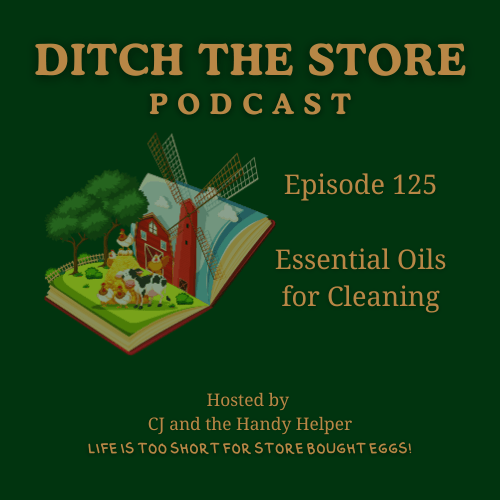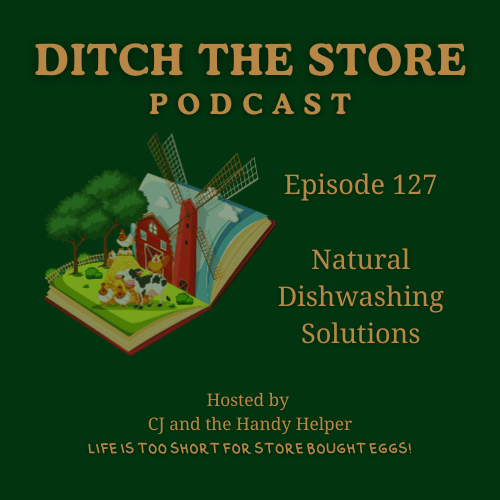
Crystal Clear Naturally
Crystal Clear Naturally
Welcome back to the Natural Cleaning Series — where we ditch overpriced cleaning products for simple, affordable, and natural alternatives that actually work.
Today’s hot topic? Glass cleaners.
Ever wandered down that “specialty” cleaning aisle and noticed the wall of different bottles — each claiming to be the ultimate streak-free miracle? Yet they all do basically the same thing, and cost $5–$8 for a 500ml bottle that’s mostly… water.
By the end of this post, you’ll know how to clean every glass and shiny surface in your home for just cents — no streaks, no chemical fog, and no plastic waste.
Why Store-Bought Glass Cleaners Don’t Shine
Health Risks
Most commercial formulas rely on ammonia — effective at cutting grease, but the fumes can irritate eyes, lungs, and skin (NSW Health).
Worse, if ammonia is accidentally mixed with bleach, it creates toxic chloramine gas — highly dangerous.
And then there’s “fragrance.” This vague label often hides a cocktail of synthetic chemicals that can linger in your home long after you’ve cleaned.

Environmental & Waste Issues
Most bottles contain 90–95% water, shipped around the world in single-use plastic.
Sprays contribute to both plastic waste and microplastic pollution in waterways.
Harsh chemicals in high concentrations can harm septic or greywater systems.

Cost
Store-bought: $10–$16 per litre.
Homemade: Less than 50 cents per litre — and you can reuse the same bottle.

DIY Glass Cleaner Recipe
This streak-free formula is ammonia-free, septic-safe, and super quick to make.
Ingredients:
1 cup water
1 cup white vinegar
1 tablespoon cornflour (or arrowroot powder) — cuts streaks and haze
Optional: 3–5 drops Lemon Essential Oil or Peppermint Essential Oil for scent
Alternative Formula:
¼ cup white vinegar
¼ cup 70% rubbing alcohol
1 tablespoon cornflour
2 cups warm water
Method:
Combine all ingredients in a spray bottle.
Shake well before each use — the cornflour will settle between uses.
Spray lightly onto glass or mirrors and wipe clean.
Why It Works:
Vinegar dissolves mineral deposits, soap scum, and greasy fingerprints.
Cornflour acts as a gentle polish for a streak-free finish.
Essential oils add a natural scent and light antimicrobial benefits.
Tips for a Streak-Free Shine
Choose the Right Cloth
Microfibre cloths are best — no lint and no streaks.
Old cotton t-shirts or flour sack tea towels work too.
Avoid paper towels — they shed fibres and create waste.
Wiping Patterns Matter
Wipe one side of the glass vertically and the other horizontally — you’ll instantly know which side has the streak.
Clean at the Right Time
Cloudy days are ideal — sunlight dries the cleaner too quickly, causing streaks.
Early mornings or late afternoons are also perfect.
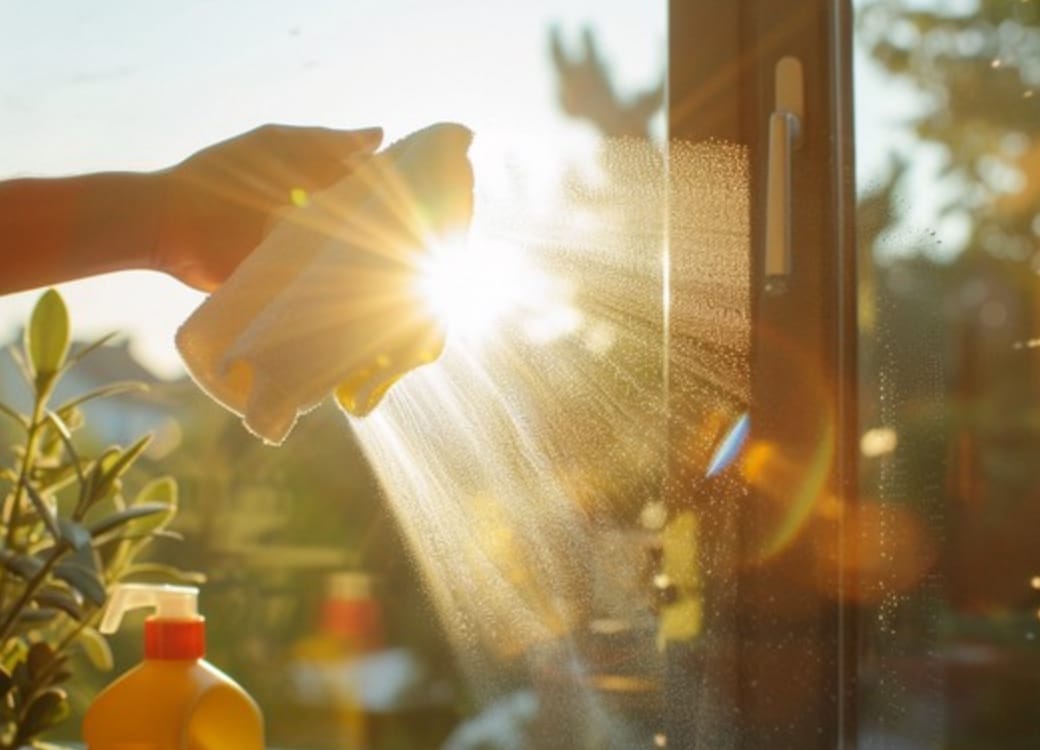
Bonus Uses for This Cleaner
Shower Screens: Cuts through soap scum — finish with a squeegee for a crystal-clear surface.
Chrome & Stainless Steel: Leaves taps, sinks, and appliances gleaming.
Car Windows: Removes haze inside and out, especially from ventilation residue.
Switching to homemade glass cleaner isn’t just about saving money — it’s about healthier air in your home, less plastic waste, and knowing exactly what’s in your products.
Mix up a batch today and try it on your mirrors or windows. Then, share your before-and-after pics and tag @MojoHomestead with your “window glow-up.”
BY MOJO HOMESTEAD


